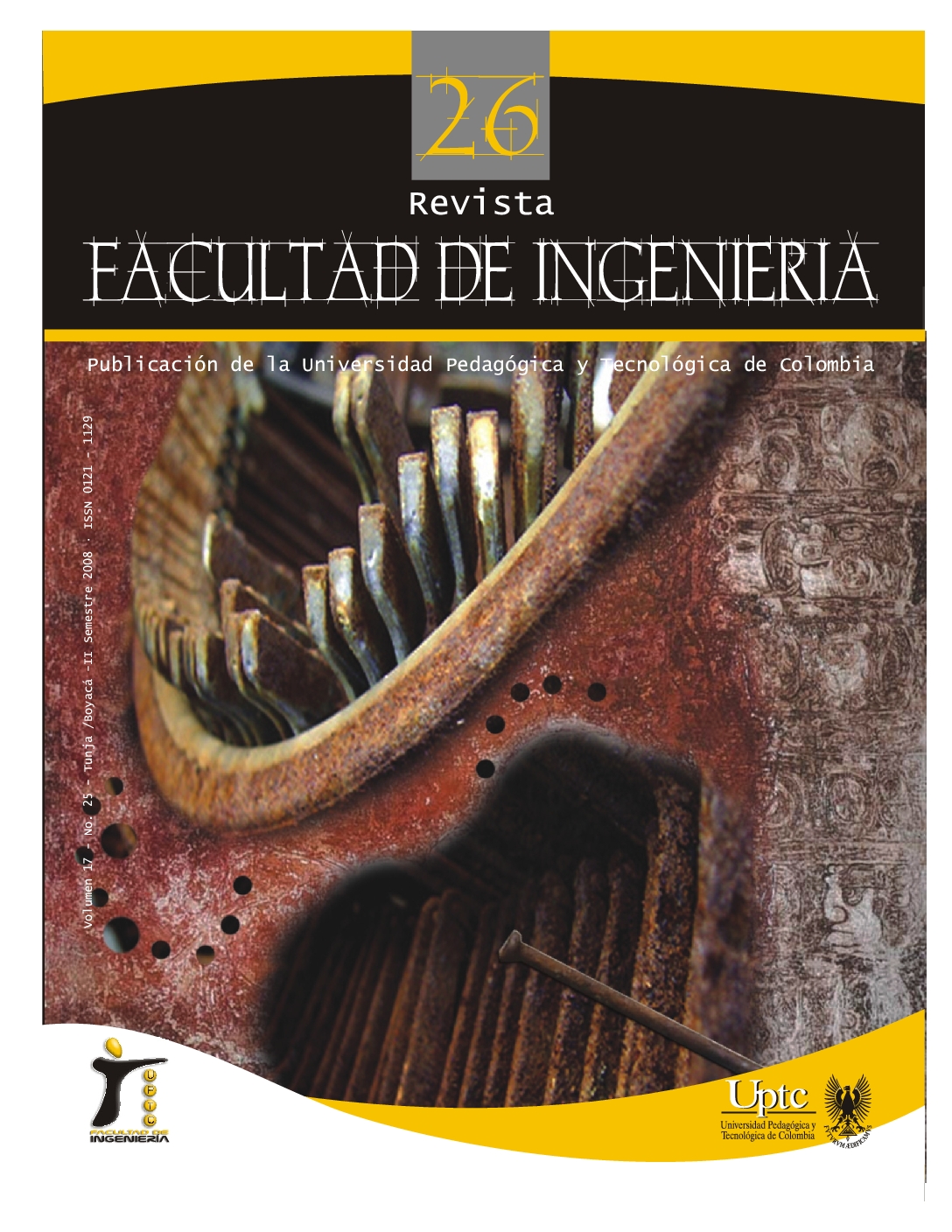Viscosidad y conductividad de escorias típicas en la producción de ferroníquel

Abstract
Cerro Matoso S.A. procesa mineral laterítico de níquel.Sus actividades involucran: explotación minera, reducción, fusión vía Arco Eléctrico y refinación en hornos tipo cuchara. El producto ferroníquel es exportado en su totalidad. La operación de fusión se realiza en un horno eléctrico, y una de las variables de control de proceso más importante es la temperatura de la escoria, que depende de las relaciones de SIO2 y magnesia (MgO), S/M, y de los porcentajes de alúmina
(AL2O3). Cuando la relación S/M es baja, o en los casos de alúminas muy altas, las propiedades de la escoria, como viscosidad y resistividad, cambian ostensiblemente y resulta muy complicado drenarla del horno. Con valores calculados de viscosidad y conductividad eléctrica, a partir de una herramienta diseñada por la empresa, se procede a ubicar
composiciones de escoria típicas en un diagrama modelo resultante de la operación en el año 2006.
Downloads
Download data is not yet available.